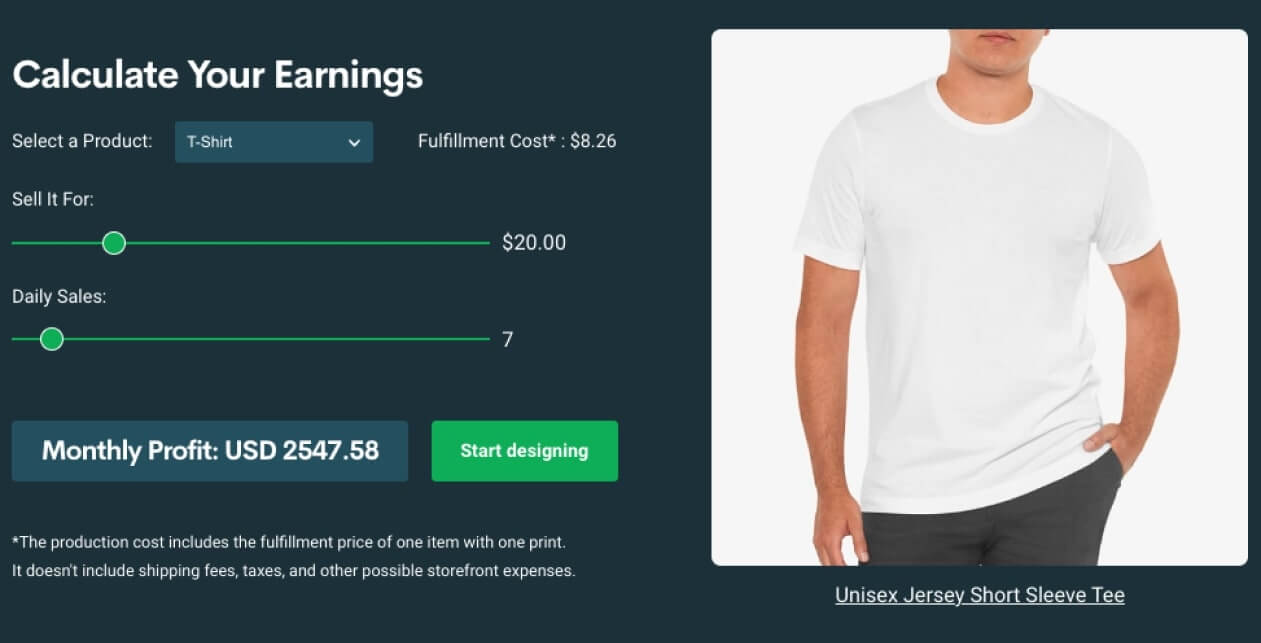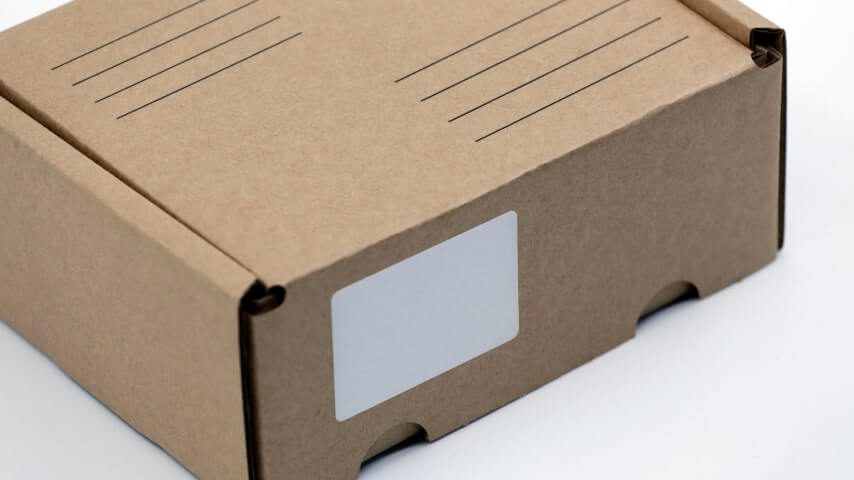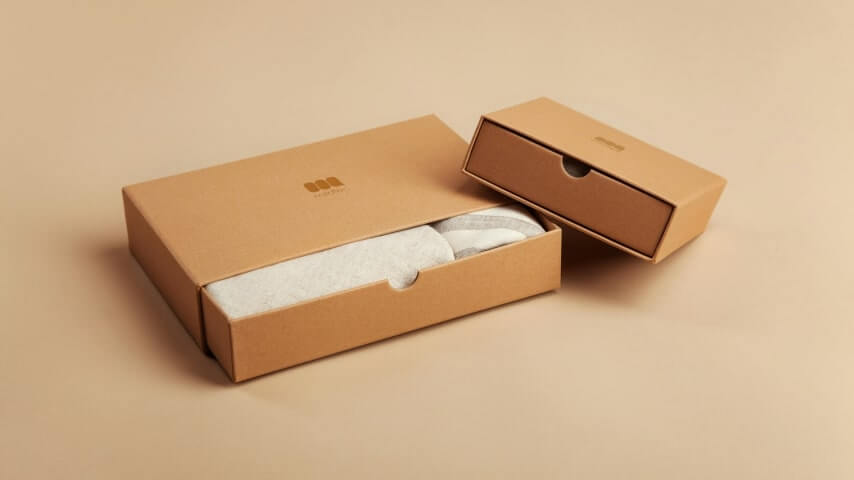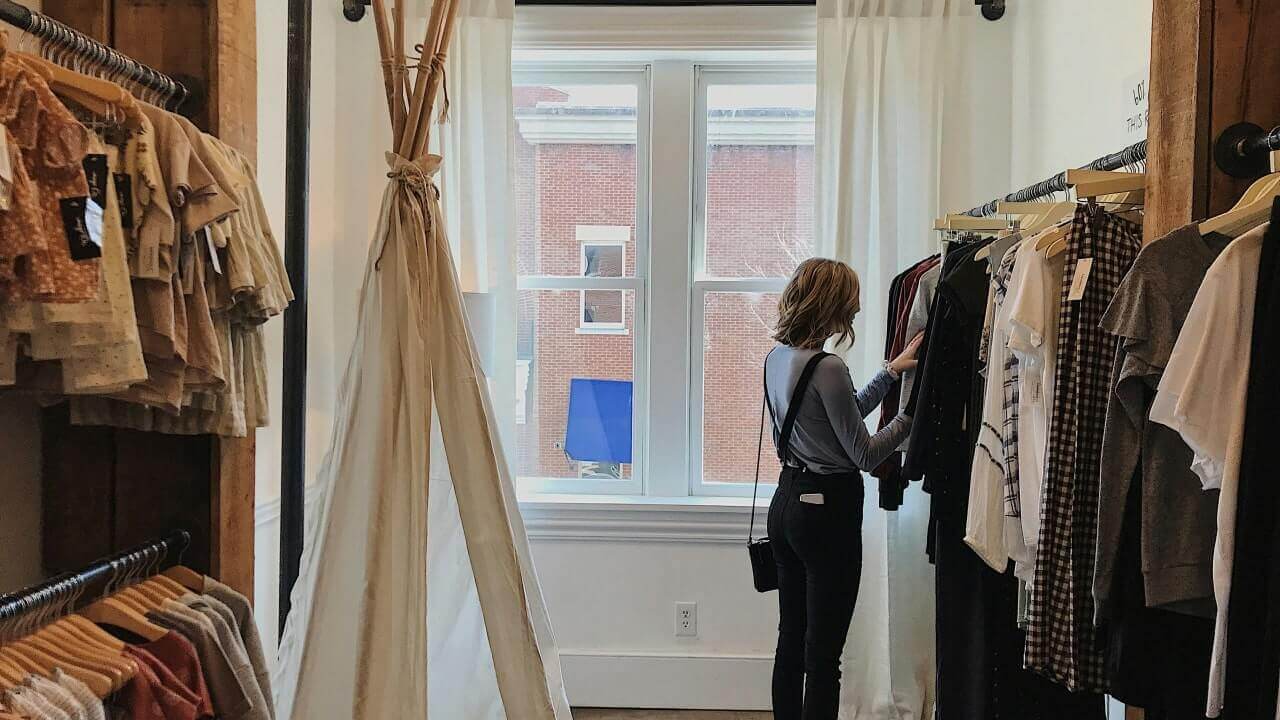Start your custom printing business today!
If you feel trapped by your 9-to-5 and dream of something better, learning how to start a clothing business from home may be the perfect solution.
This article covers everything you need to know about starting your own online clothing store, from finding suppliers and setting up a storefront to market research and branding.
This post may contain affiliate links, which means we may earn a commission if you make a purchase through those links. This comes at no additional cost to you.
Key takeaways
- You can start your own online clothing store using several business models, such as Print on Demand (POD), dropshipping, and private-label dropshipping.
- These business models let you start a fashion brand online, eliminating the need for fabric, sewing equipment, or inventory.
- Choosing the right niche, business plan, sales channel, and marketing strategy is the key to a thriving online clothing store.
Why start your own clothing business?

Clothing has become a best-selling eCommerce category as people have started favoring online shopping over brick-and-mortar stores. It’s fast, convenient, and gives them access to thousands of clothing brands they won’t find at their local malls.
The eCommerce fashion industry is on track to reach $1.2 trillion by 2027, highlighting this excellent opportunity for entrepreneurs to start their own online clothing businesses from the comfort of their homes.
Thanks to business models like Print on Demand (POD) and dropshipping, starting your own clothing line no longer requires sewing skills and equipment. You just need the right supplier, creativity, a solid marketing strategy, and determination for a successful clothing business.
How to start a small clothing business online in 8 steps
We’ve prepared a step-by-step plan to help you launch a clothing line online.
Step 1: Research and planning
Perform market research

Research the clothing market to learn about your competition, customer preferences, and fashion trends. The better you know the clothing industry, the higher your chances of having a successful online business.
Here are a few research methods:
- Monitor industry trends. Use Google Trends or BuzzSumo to check what’s trending in the fashion world so you know which clothes to include in your clothing line.
- Study potential competitors. Browse other clothing brands’ websites to see which clothing items they sell, how much they cost, and what customers say in reviews.
- Analyze market data. Statista and IBISWorld provide up-to-date data on different industries, helping you understand market size and current trends.
Select a niche
A niche is a group of people with a common characteristic or interest. Examples could be people who love fly fishing, fans of historical fiction books, or emergency room nurses. We recommend choosing a niche you’re familiar with to make your research easier.
The more specific the niche, the better. Catering to a smaller target market will help you build a stronger brand presence and reduce competition.
Use online research tools like Semrush or Ahrefs to analyze keyword trends and find a niche market with high demand and low competition.
Quick tip
Read our article for more info on niches and how to choose one.
Write a business plan
A well-written clothing business plan keeps you organized and focused on achieving your goals. Successful business owners don’t just wing it – they take time to map out where they want their businesses to go and what they want to accomplish. There are plenty of free business plan templates online if you need help getting started.
Step 2: Admin tasks

Starting a clothing line involves some legal and administrative tasks before you can get to the fun, creative part. These tasks ensure your online clothing business complies with local regulations and won’t encounter legal headaches later.
Here are a few things you’ll need to do:
- Choose a business structure. Learn about the different business types in your country and choose the one that fits your online clothing business.
- Name your business. Choose a unique, memorable business name that appeals to your target market.
- Register your Business. Officially register your business with your local government and read up on your obligations as a business owner.
- Accounting. Set up a business bank account and choose an accounting software or hire a professional.
Each country has different rules and regulations for starting businesses, so we highly recommend consulting a legal professional for advice when you start a clothing business.
Step 3: Brand identity

Your brand identity is the core of your clothing business. It’s more than just your business name – it’s how you present your clothing line and what sets you apart from competitors.
These elements make up your brand identity:
- Logo. The design should be original, memorable, and reflect your brand’s values. Use a graphic design tool, like Canva, to create a professional design.
- Color palette. Colors play an important role in brand perception. Choose colors that promote positive emotions and align with your clothing brand’s aesthetic.
- Brand voice. Develop a tone of voice and communication style representing your online clothing boutique. Use it consistently across all channels.
- Online presence. Establish a solid online presence across several social media platforms and engage with your audience regularly to build brand awareness and credibility.
Step 4: Selecting a business model and finding suppliers

There are several business models to choose from when starting an online clothing business. Each model is a bit different and has its pros and cons.
No matter which type you choose for your clothing company, keep these things in mind when picking a supplier:
- Reputation. Check third-party reviews and ratings to ensure they have a good track record in the clothing industry.
- Location. Choose a supplier near your customer base for faster delivery and lower shipping costs.
- Product quality and selection. Find a supplier that offers products that meet your clothing brand’s quality standards. Always order samples.
- Production and delivery time. Do some sample orders to see if the clothing manufacturer can create and deliver products on time.
Now, let’s look at three popular clothing business models.

Print on Demand empowers anyone to start an online clothing store without inventory, storage space, or shipping responsibilities.
POD lets you put custom designs on clothing items like t-shirts, hoodies, and pants and sell them in your online store.
When a customer orders from your shop, the Print Providers produce, print, and ship the product to the customer’s doorstep.
Advantages:
- Easy to start, scale, and manage
- No minimum order quantity
- Ability to customize products with original designs
- Wide variety of products
- No upfront investment for inventory
Disadvantages:
- Longer order fulfillment times because every product is created on demand
- Quality depends on the Print Provider
Quick tip
No money? No problem. Head to our blog to learn how to start an eCommerce business without upfront costs.

Dropshipping is similar to POD since you don’t need any inventory or storage space, and your supplier handles shipping.
However, dropshipping doesn’t allow product customization, so standing out among similar clothing brands will be challenging.
Read our article on the top 15 dropshipping suppliers to find the best fit for your new clothing brand.
Advantages:
- Easy to start, scale, and manage
- Wide range of products
- Low cost of entry
Disadvantages:
- Very competitive market
- No branding options
- Quality depends on the clothing manufacturer
- Typically, lower profit margins

Private-label dropshipping has the benefits of standard dropshipping with the bonus of adding your fashion brand’s label to the products. This slight customization makes your clothing items and brand more recognizable to customers, encouraging repeat purchases.
Advantages:
- Customized product labels
- Easier to build a brand
- Control over product quality
Disadvantages:
- Minimum order requirements
- Upfront investment for inventory
- It can be tricky to find a reliable supplier
Quick tip
Want to start an online clothing store using dropshipping? Read our article on private-label dropshipping for more info.
While all three business models let you start a clothing line from home, it’s important to consider your needs, goals, budget, and target audience before choosing.
Step 5: Sales channels
eCommerce platforms and marketplaces are the top sales channels for clothing businesses online. However, there are several factors to consider when choosing the right solution for your own brand.
| eCommerce marketplaces | eCommerce platforms | |
|---|---|---|
| Customer base | Large, existing customer base. | No existing traffic. Marketing is a must. |
| Branding | Limited storefront customization options. | Complete control over storefront’s design, content, and branding. |
| Costs and fees | Different for each marketplace. Listing fees or a percentage of sales. | Monthly subscription fee. App and integration costs. |
| Setup | Quick, easy setup. | Longer setup, but pre-designed templates are available. |
| Payment processing | Handled by the marketplace. | Ability to choose your processing method, but requires setup. |
| Fulfillment and shipping | Merchant’s responsibility. | Merchant’s responsibility. |
Here are some of the most popular sales channels:
- eCommerce marketplaces: Etsy, eBay.
- eCommerce platforms: Shopify, Squarespace, Wix, WooCommerce, BigCommerce, PrestaShop.
Web designers with more advanced skills can build their own eCommerce websites. Printify offers a custom API solution if you decide to go this route.
Quick tip
Visit our blog for more info on the best sites to sell online.
Step 6: Marketing strategies

No matter which business model you choose, you’ll need a strong marketing strategy to attract potential customers and increase brand visibility. Use a combination of tactics to maximize your reach.
Here are a few great ways to advertise:
- Paid ads. If you have a marketing budget, use Facebook, Instagram, TikTok, or Google Ads ads to reach more potential customers and target specific demographics.
- Social media. Be present on Facebook, Instagram, TikTok, and other platforms your potential customers visit. Share product photos, promote deals, and run contests to interact with your audience.
- Influencer marketing. Use platforms like Intellifluence and Modash to find and partner with influencers who will promote your clothing business online.
- Email campaigns. Create and manage email marketing campaigns with tools like MailerLite and Mailchimp.
Step 7: Customer service and feedback

Great customer service is a key ingredient in any business’s success. Happy customers are likelier to buy from you again and recommend your clothing line to their friends.
Here’s how to create a positive customer experience:
- Promptly respond to inquiries to show commitment to customer satisfaction.
- Build trust by providing accurate information about your products, pricing, shipping, and return policies.
- Handle complaints and issues with empathy and solve them quickly to improve customer experience.
Gather feedback and reviews to identify your customers’ needs and preferences and areas for improvement.
Here’s how to gather feedback:
- Send out customer surveys
- Encourage customers to leave product reviews
- Include feedback forms on your website
- Monitor social media channels for mentions of your clothing line
- Send follow-up emails after purchasing
Step 8: Scaling your business

As your online clothing store grows, look for growth opportunities to take your business to the next level.
Here’s how to scale your clothing business effectively:
- Check the data. Use data analytics to gain insights into consumer behavior, market trends, and business performance.
- Enter new markets. Pinpoint other markets where your clothing brand would be popular. Adjust your marketing strategies to reach these new audiences.
- Expand your product range. If you only sell clothes, consider adding accessories or other products to appeal to even more customers.
- Research keywords. Try some search engine optimization (SEO) strategies by adding relevant keywords to your content to increase your store’s visibility in search results. Use tools like Semrush Keyword Overview to find the right ones.
Quick tip
Check out our SEO Masterclass for Driving Sales.
What to sell on your online clothing store?
To attract customers in the saturated apparel market, you must fill your digital shelves with creative designs on well-favored products. Here are the best-selling items in our Catalog that will skyrocket profits for your online boutique.
How to start your own clothing brand with POD

Printify provides all the tools you need to start a successful print-on-demand clothing business. It’s free, beginner-friendly, and gives you access to best-selling products at the lowest prices.
Step 1: Create a Printify account
Sign up for a free account to access high-quality products, design tools, and a worldwide network of trusted Print Providers.
Step 2: Choose and design your clothing
Browse our Catalog and choose the clothing item you want to customize. Then, head over to the Product Creator to customize the design. Upload an image or create one from scratch using our AI Image Generator, Text Editor, and free Graphics Library.
Step 3: Connect an online store
We integrate with some of the world’s most popular sales channels, including Shopify and Etsy. Connect your storefront to Printify for seamless order management.
Step 4: Publish and start selling
Set prices and add products to your online store to start selling. When your customers order, our Print Providers will print and ship the products to their doorsteps.
FAQ
There are several ways to start an online clothing business from home, but we recommend Print on Demand for the most customization options and the highest profits.
Here’s how:
- Create a free Printify account.
- Choose clothing and add your designs using our Product Creator.
- Select a sales channel and integrate with your Printify account.
- Publish products to your online store and start selling.
Read our guide on how to start an online clothing store for further information.
It depends on the business model and supplier. If you go with standard dropshipping, you won’t have any branding options. Private-label dropshipping offers branded labels, but you can’t customize the products any more than that. Printify, on the other hand, lets you add your unique designs to products and create custom-printed neck labels for select styles. Learn how to create a custom neck label on our blog.
The costs of starting your own small clothing business will depend on your chosen business model. If you use POD, your startup costs will be very low. Read our guide on how to start a clothing brand to learn how to sell online.
Closing thoughts
As we conclude our guide on how to start a fashion business from home, we hope you’re inspired to take the first step. While selling clothes online requires research and dedication, the high profits are absolutely worth it.












